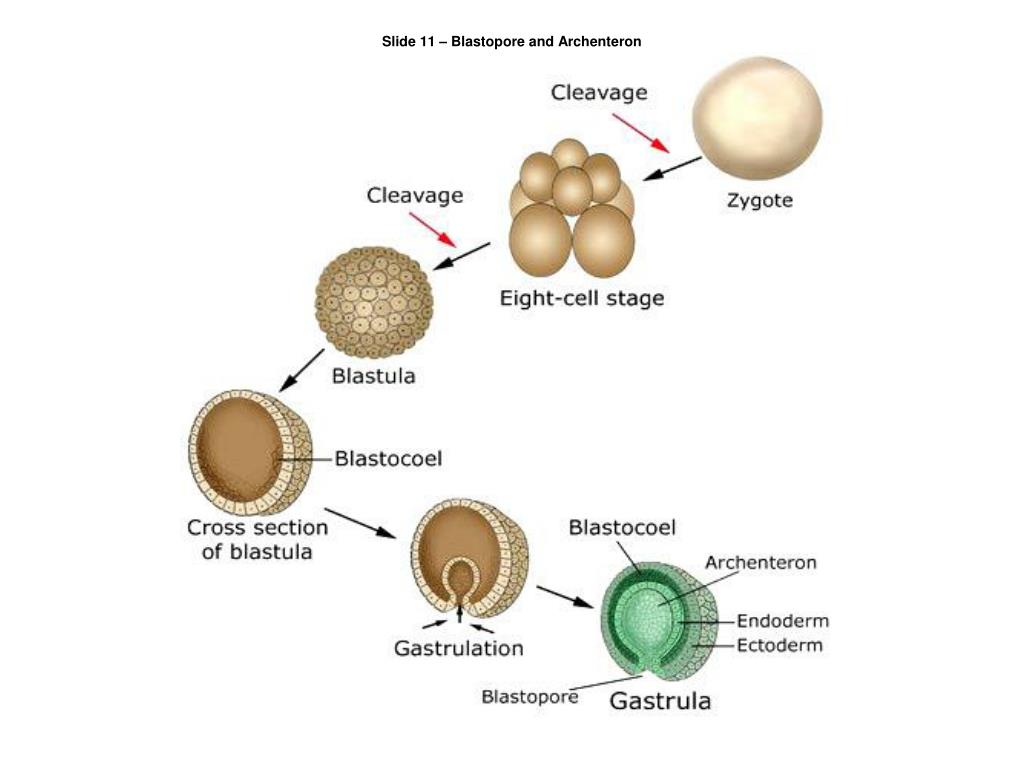
Some combined studies in 20, using both molecular and morphological data, support brachiopods as Lophotrochozoa, while others in 19 concluded that brachiopods were deuterostomes. This conclusion is unanimous among molecular phylogeny studies, which use a wide selection of genes: rDNA, Hox genes, mitochondrial protein genes, single nuclear protein genes and sets of nuclear protein genes. However, pterobranchs are hemichordates and probably closely related to echinoderms, and there is no evidence that the latest common ancestor of pterobranchs and other hemichordates or the latest common ancestor of hemichordates and echinoderms was sessile and fed by means of tentacles.įrom 1988 onwards analyses based on molecular phylogeny, which compares biochemical features such as similarities in DNA, have placed brachiopods among the Lophotrochozoa, a protostome super-phylum that includes molluscs, annelids and flatworms but excludes the other protostome super-phylum Ecdysozoa, whose members include arthropods.

The Blastopore forms the mouth of the insect (and the protostome or other member of the 'other' group called the first mouth). During embryogenesis, some of the tissue is 'folded' by itself, forming what is known as Haraguchi. Nielsen views the brachiopods and closely related phoronids as affiliated with the deuterostome pterobranchs because their lophophores are driven by one cilium per cell, while those of bryozoans, which he regards as protosomes, have multiple cilia per cell. Humans belong to a subclass of animals known as deuterostomes (or second mouths). Hence forming the mouth via a deuterostome-like process does not imply that brachiopods are affiliated with deuterostomes. However, some "protostomes" forming the mouth using a process more like that typical of deuterostomes.

a super-phylum that includes chordates and echinoderms.
IN DEUTEROSTOMES THE FORMS FROM THE BLASTOPORE HOW TO
COVID-19 Portal While this global health crisis continues to evolve, it can be useful to look to past pandemics to better understand how to respond today.Student Portal Britannica is the ultimate student resource for key school subjects like history, government, literature, and more.From tech to household and wellness products. The fates of embryonic cells in deuterostomes can be altered if they are. Britannica Explains In these videos, Britannica explains a variety of topics and answers frequently asked questions. The blastopore forms the anus of the alimentary system in the juvenile and adult forms.This Time in History In these videos, find out what happened this month (or any month!) in history.The name deuterostome translates as second mouth.

#WTFact Videos In #WTFact Britannica shares some of the most bizarre facts we can find. In a deuterostome, the blastopore forms the anus and the mouth forms subsequently at the other end.Demystified Videos In Demystified, Britannica has all the answers to your burning questions.Britannica Classics Check out these retro videos from Encyclopedia Britannica’s archives.


 0 kommentar(er)
0 kommentar(er)
